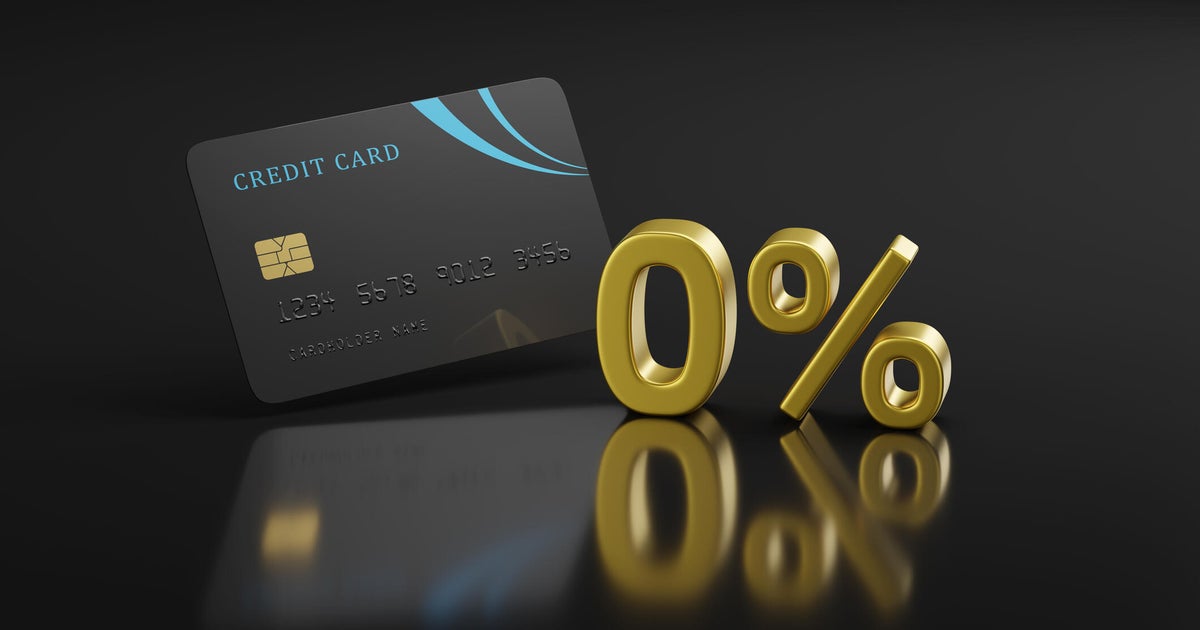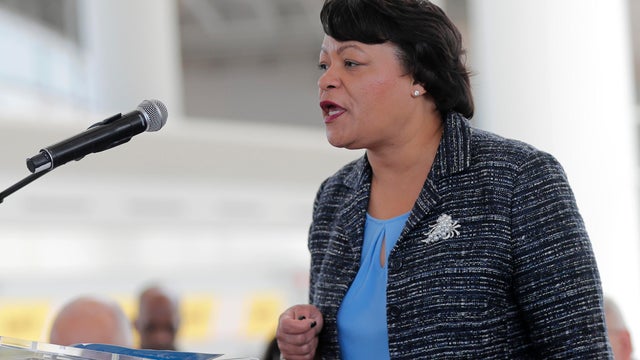

No response returned

The Federal Reserve's July meeting is underway with an announcement on monetary policy and interest rate cuts expected on Wednesday. And tension around that announcement is elevated now. Thanks to a combination of increased political pressure, a cooler but still sticky , and broader economic considerations, the Fed is contemplating cutting interest rates or keeping them frozen through the rest of the summer. With the central bank not meeting again until September, then, what does and doesn't happen after this week's Fed meeting will reverberate throughout the economy into August and beyond.
This is an especially pressing concern for credit card users saddled with high-rate debt. While the average credit card interest rate is slightly down now, the difference is negligible, as it sits at - just under a recent . So, relief here is a top concern for card users. But will rates actually fall after this week's Fed meeting? And what should borrowers do if they don't? That's what we'll analyze below.
Stuck with high-rate credit card debt? .
In short, credit card interest rates are not expected to fall in the days and weeks following the July Fed meeting. That's due to multiple factors. For starters, a rate cut isn't anticipated for this week (the tool lists it around a 3% chance). So, if rates aren't cut, credit card rates are unlikely to be cut either. But the reasoning behind a pause in rates goes deeper.
Credit card rates, while influenced by the Fed's benchmark rate, are also tied to the prime rate, which lenders use when providing credit or loans to borrowers. If that's high or frozen, a Fed rate cut will have a negligible impact on what card users are paying. And, even if the Fed were to cut rates and even if the prime rate were to be reduced, neither is likely to fall in any significant enough way to help reduce your credit card debt load. The next anticipated Fed rate cut (forecast, potentially, for September) is likely to be by a quarter of a point, resulting in marginal relief for borrowers.
With the around $8,000 now, then, and the reality of and limited (or no) immediate relief, then, what should borrowers do? Fortunately, there are multiple debt relief options available and worth exploring. Some applicable ones may be:
Credit card debt forgiveness: Also known as , this option can result in credit card balances being reduced by 30% to 50%. It will take multiple years for the debt to be forgiven, however, and some temporary credit score damage could be incurred, but if it's the difference between regaining your financial health or not, it could be worth it.
Debt management programs: Often done with the help of a , these programs involve negotiating your interest rates with your creditors in hopes of a more affordable way toward paying down what you owe. You'll frequently send a single monthly payment to the servicer, who will then distribute those funds to your creditors as agreed to.
Debt consolidation loans: While this technically involves taking on more debt, when done strategically, it can provide major relief. , after all, are personal loans. And, right now, personal loan rates are averaging around 12% or are almost ten full percentage points below the average credit card rate. So, paying off your cards with the loan and then making a single, much more affordable payment to the loan instead could make sense now.
Credit card interest rates are unlikely to fall after this week's Fed meeting nor are they expected to decline in any material way in the near future. Borrowers stuck with high-rate debt, then, should instead explore debt relief options ranging from credit card debt forgiveness to debt management programs to debt consolidation loans. There's likely a strategy and debt relief company that can properly assist you on the way toward fully regaining your financial health, regardless of what happens (or doesn't) with the Fed.




